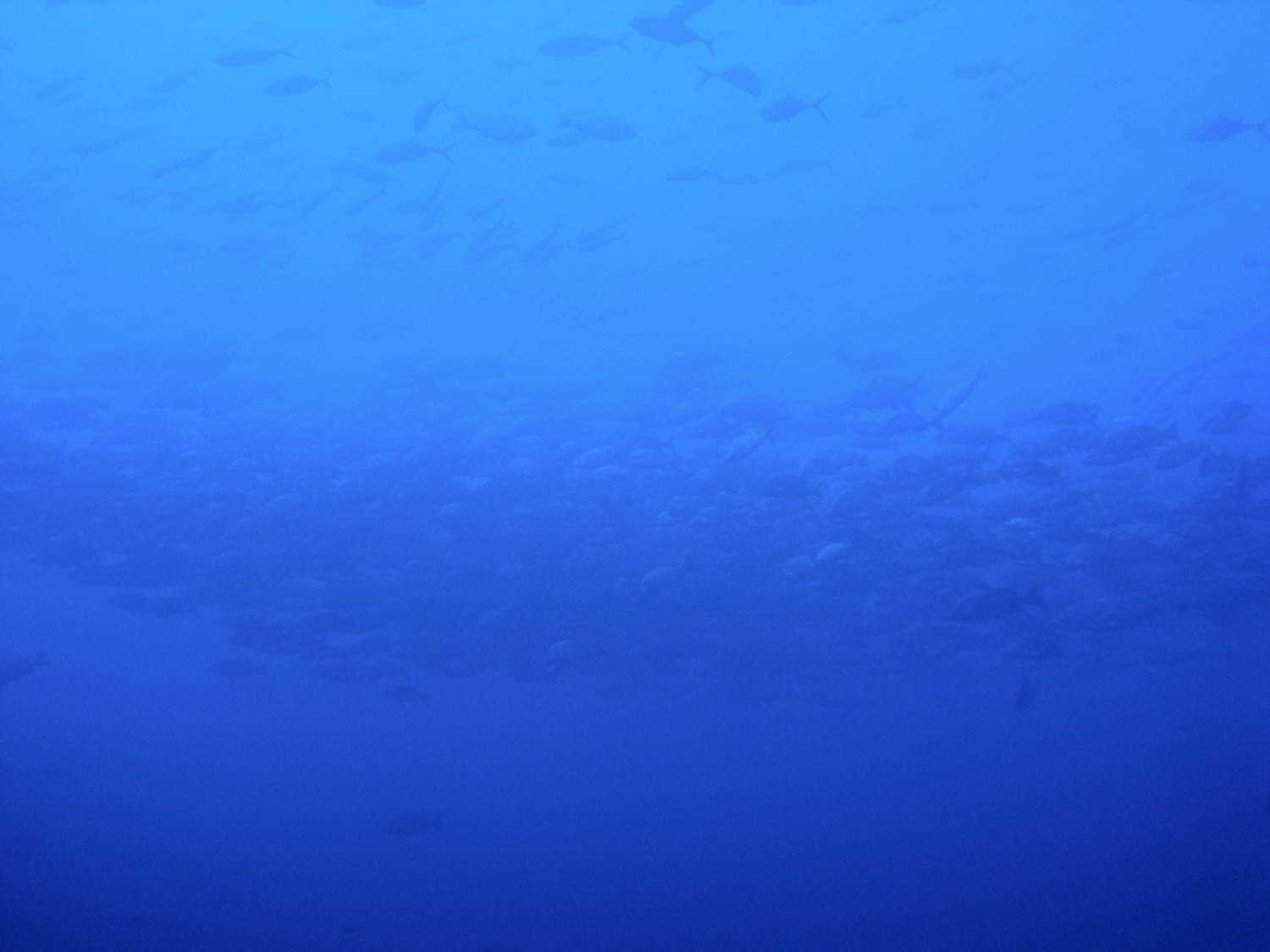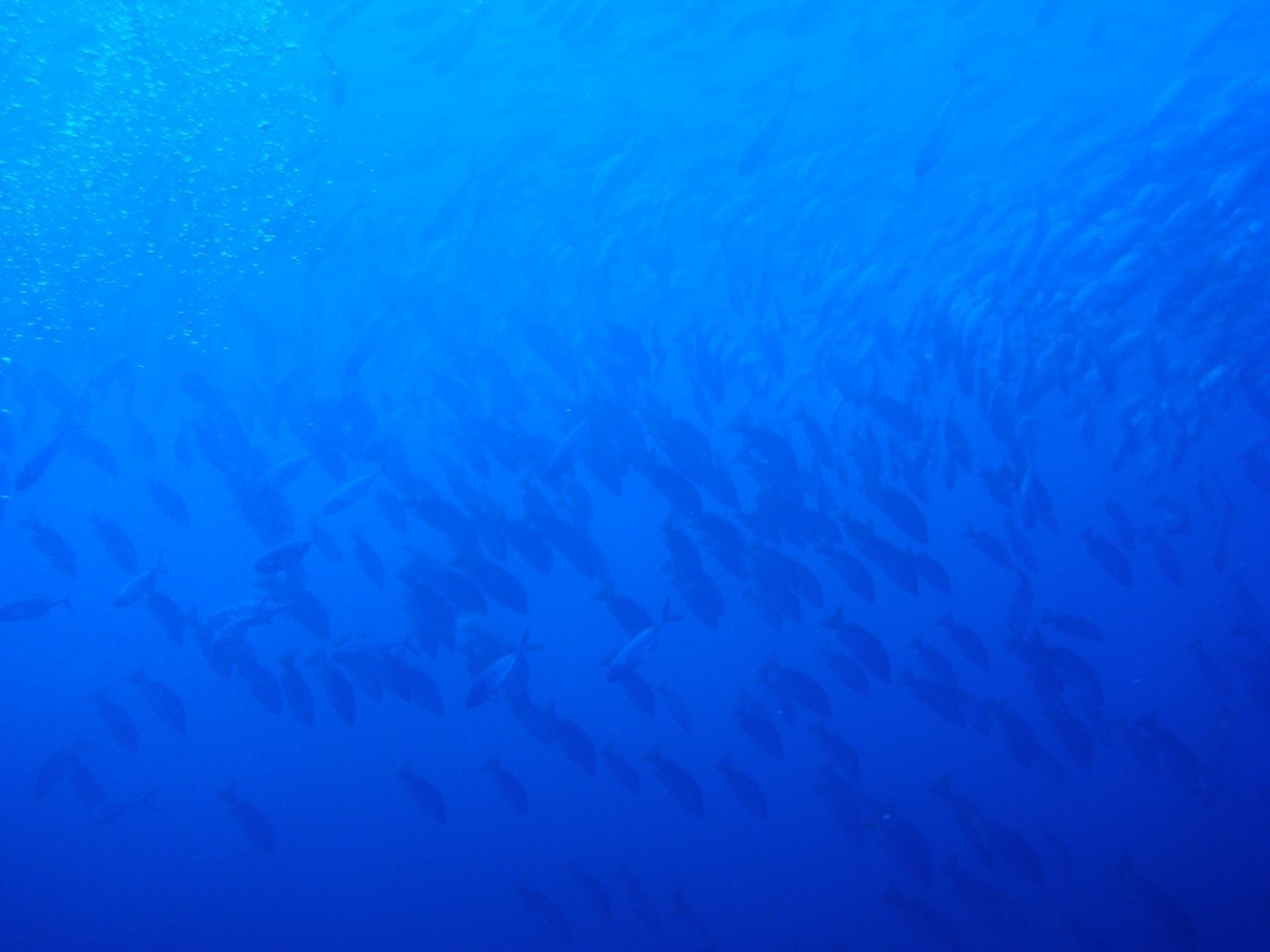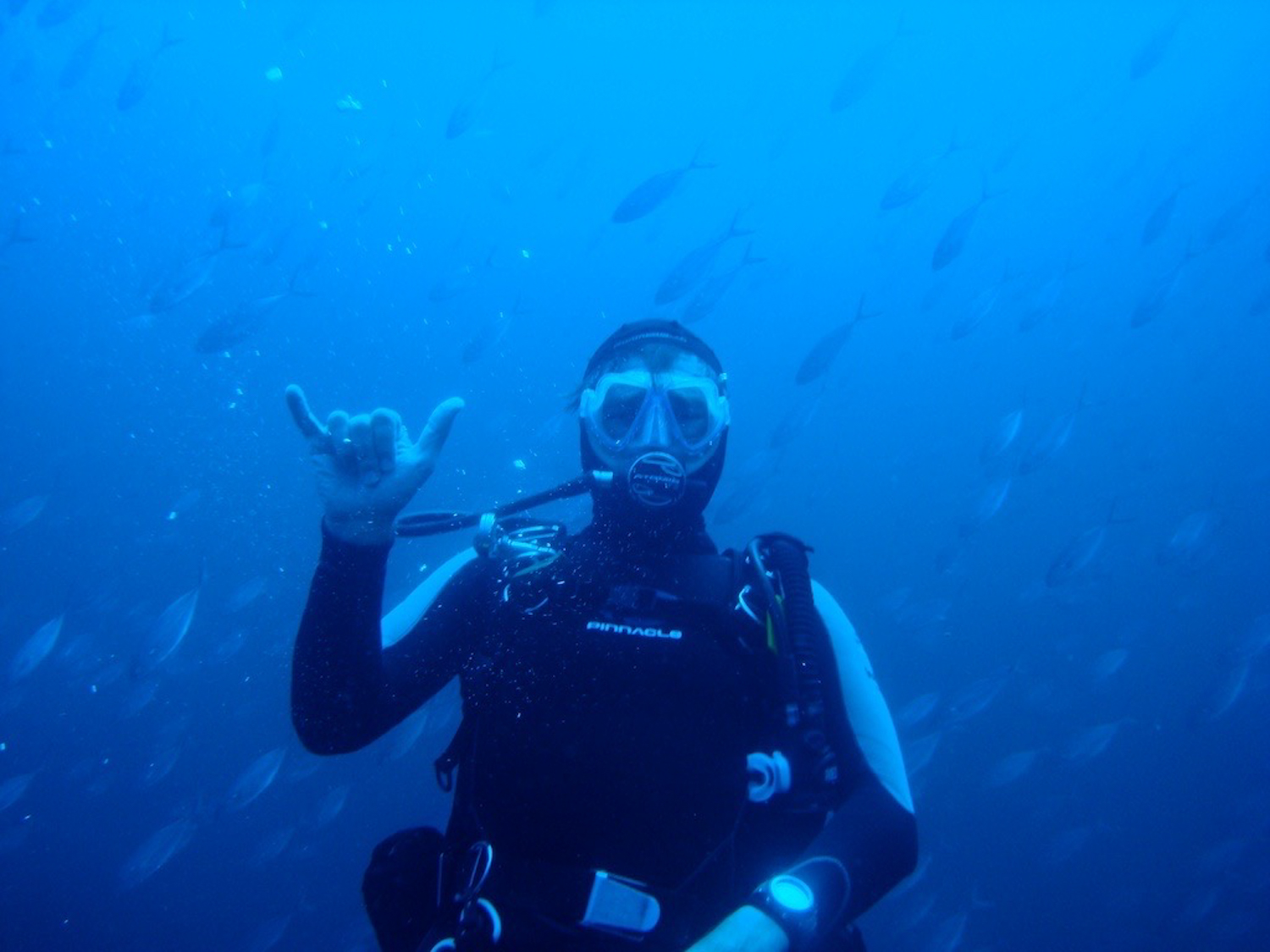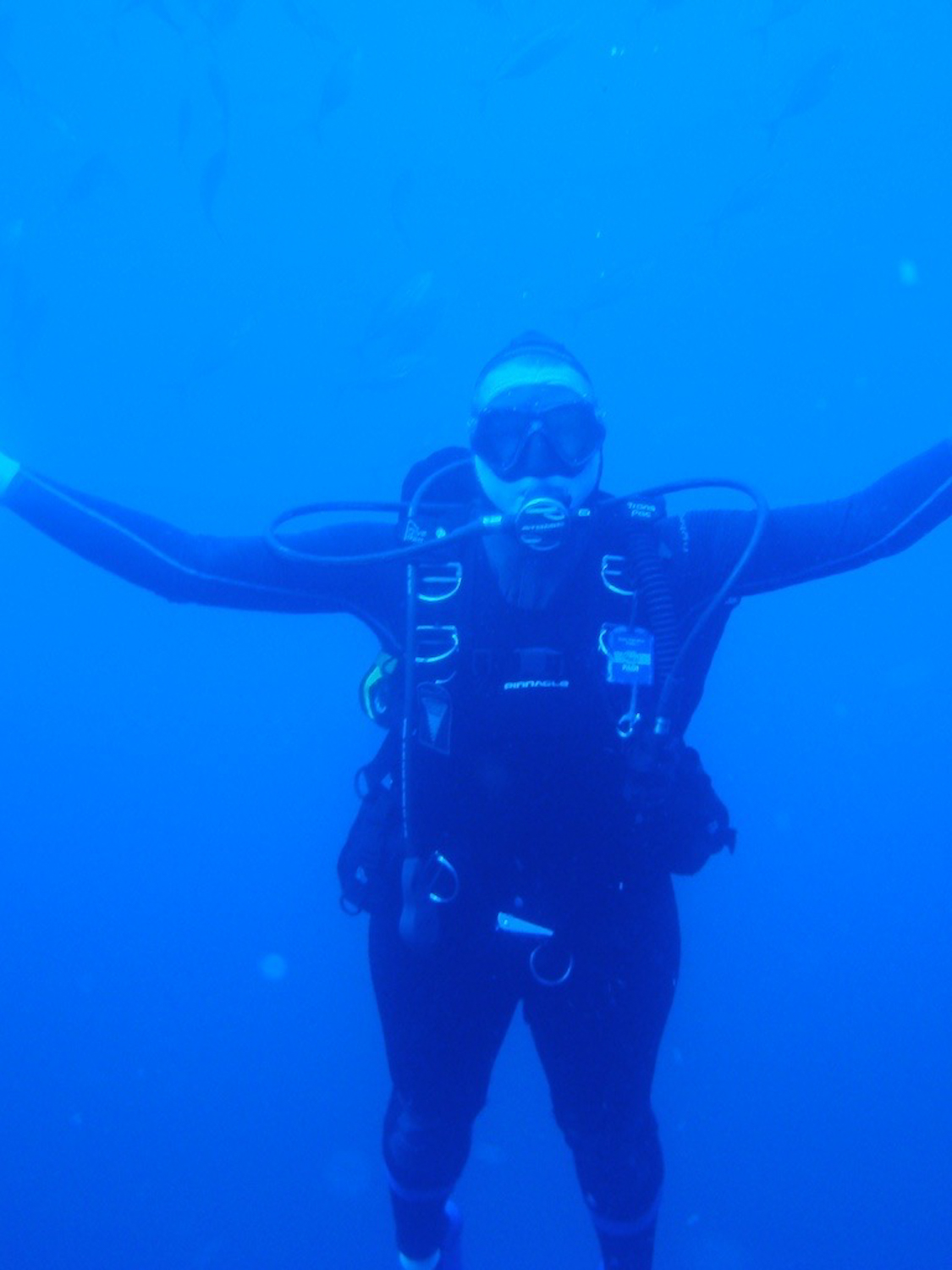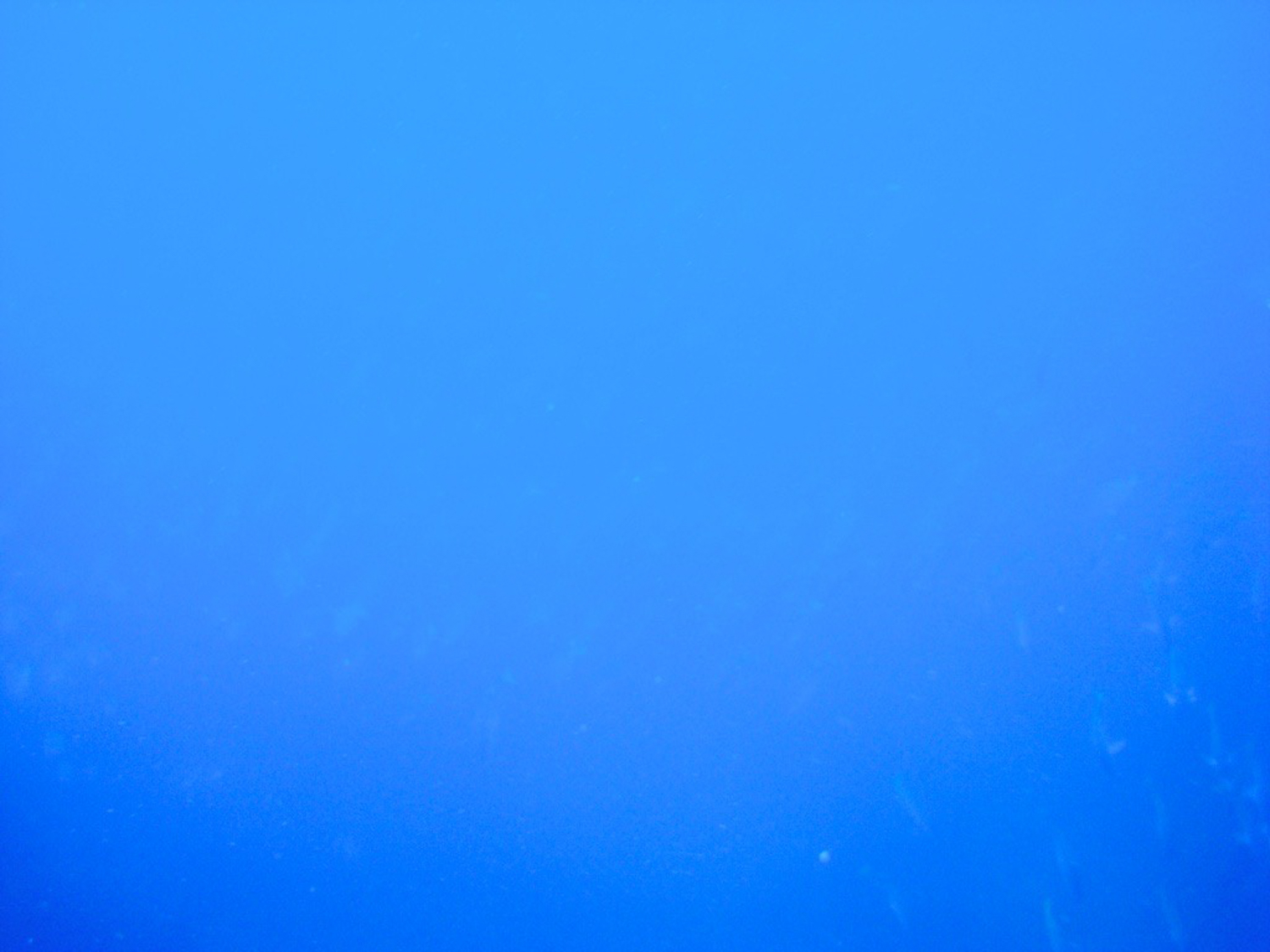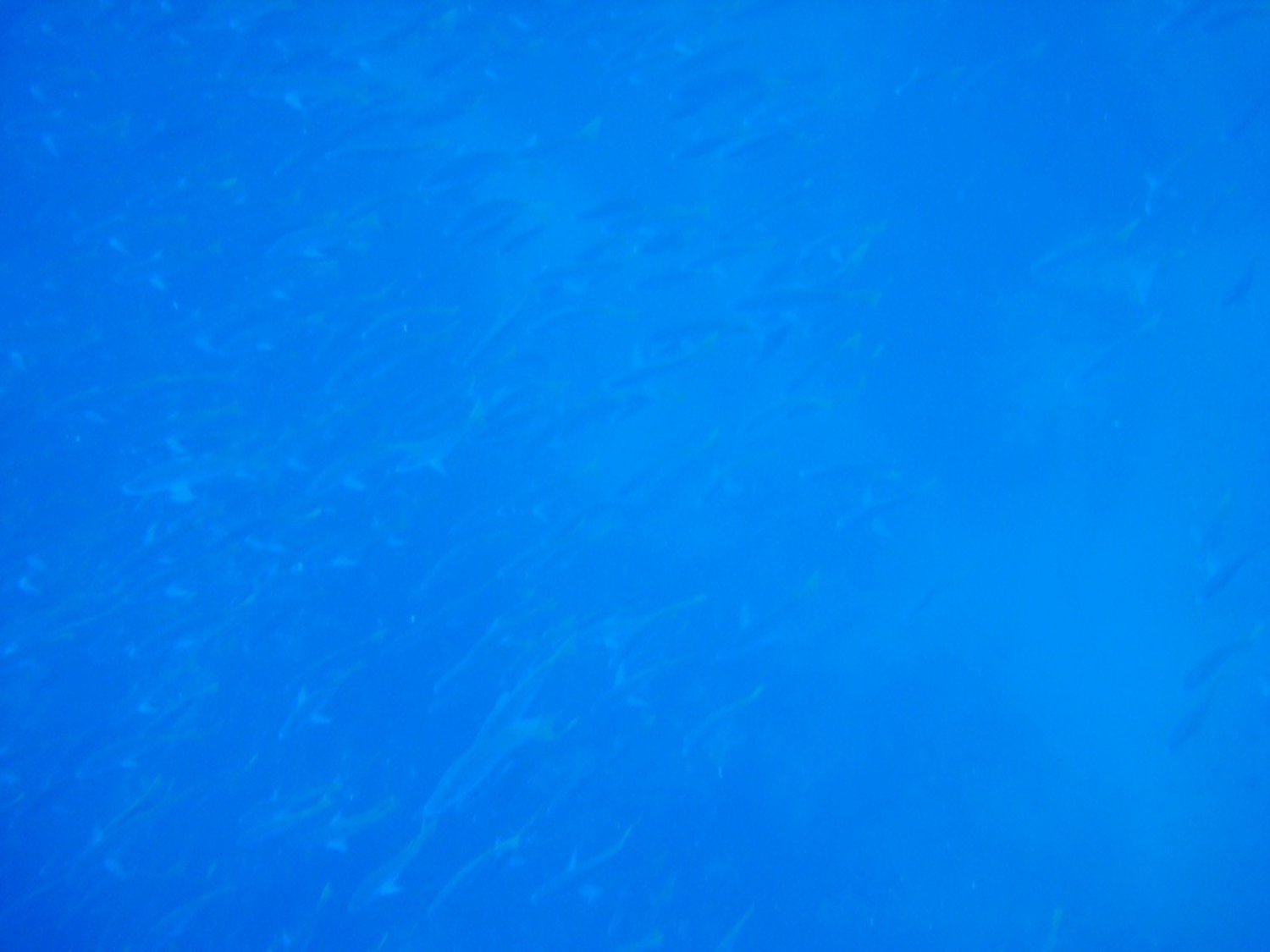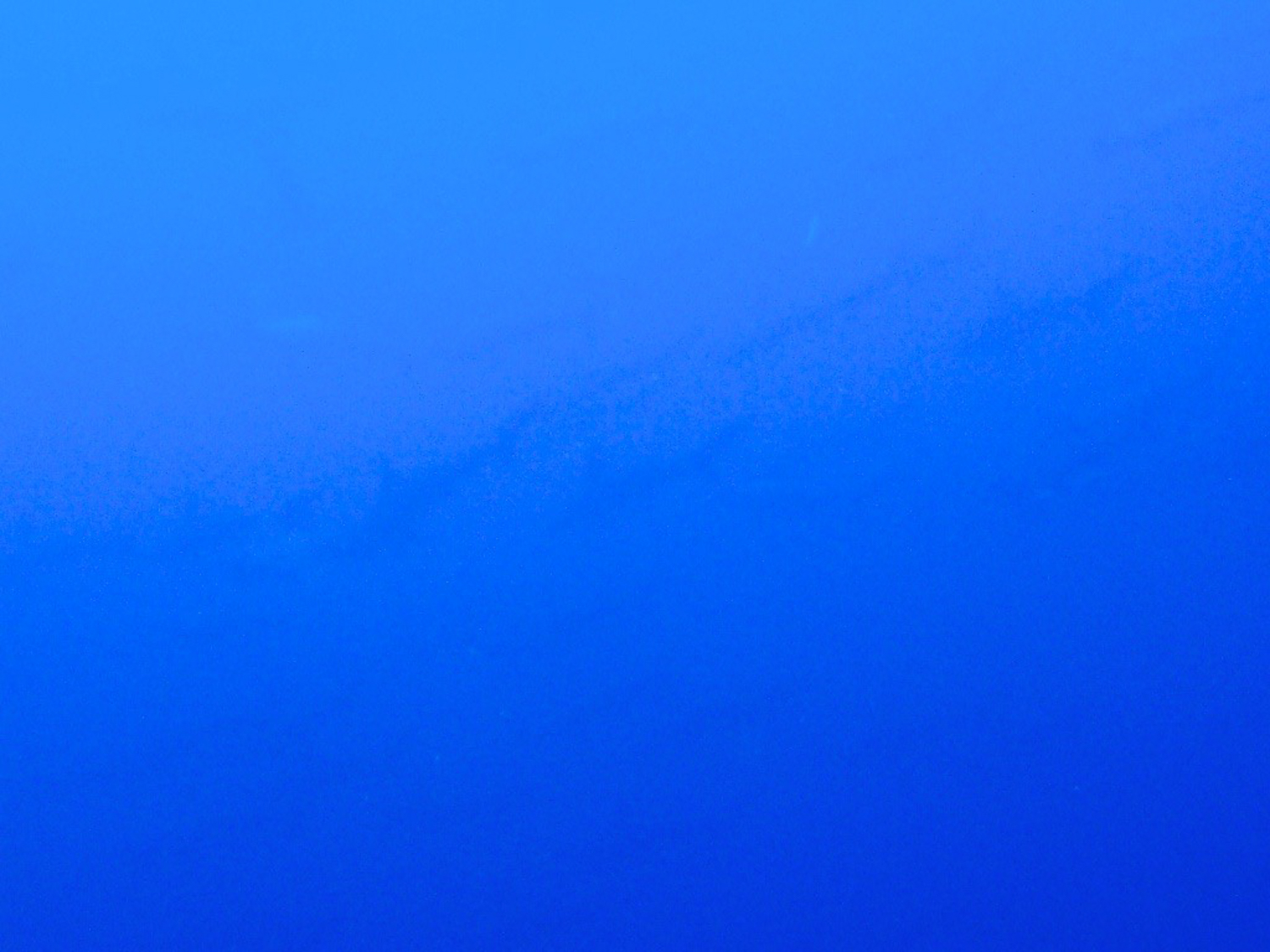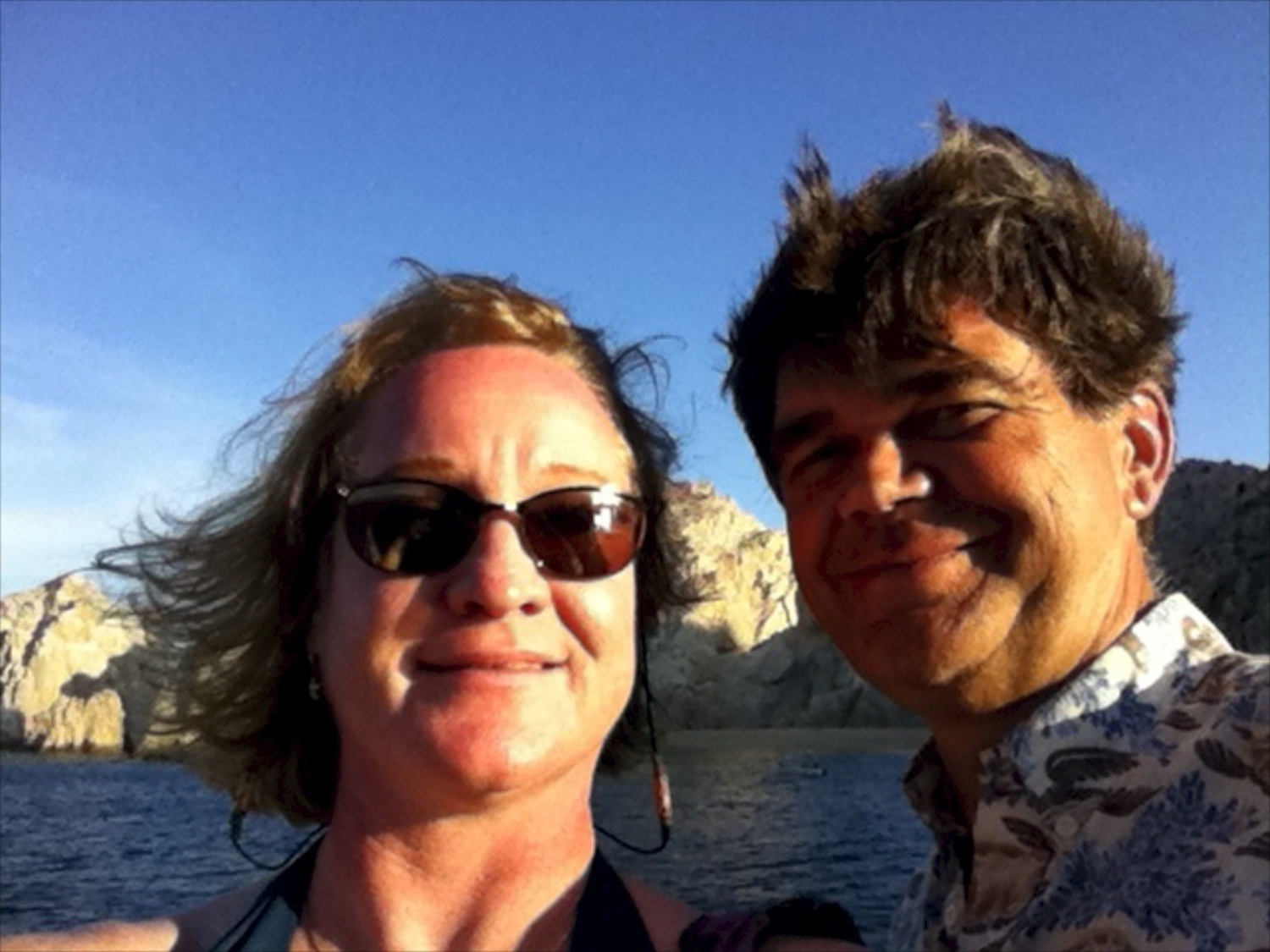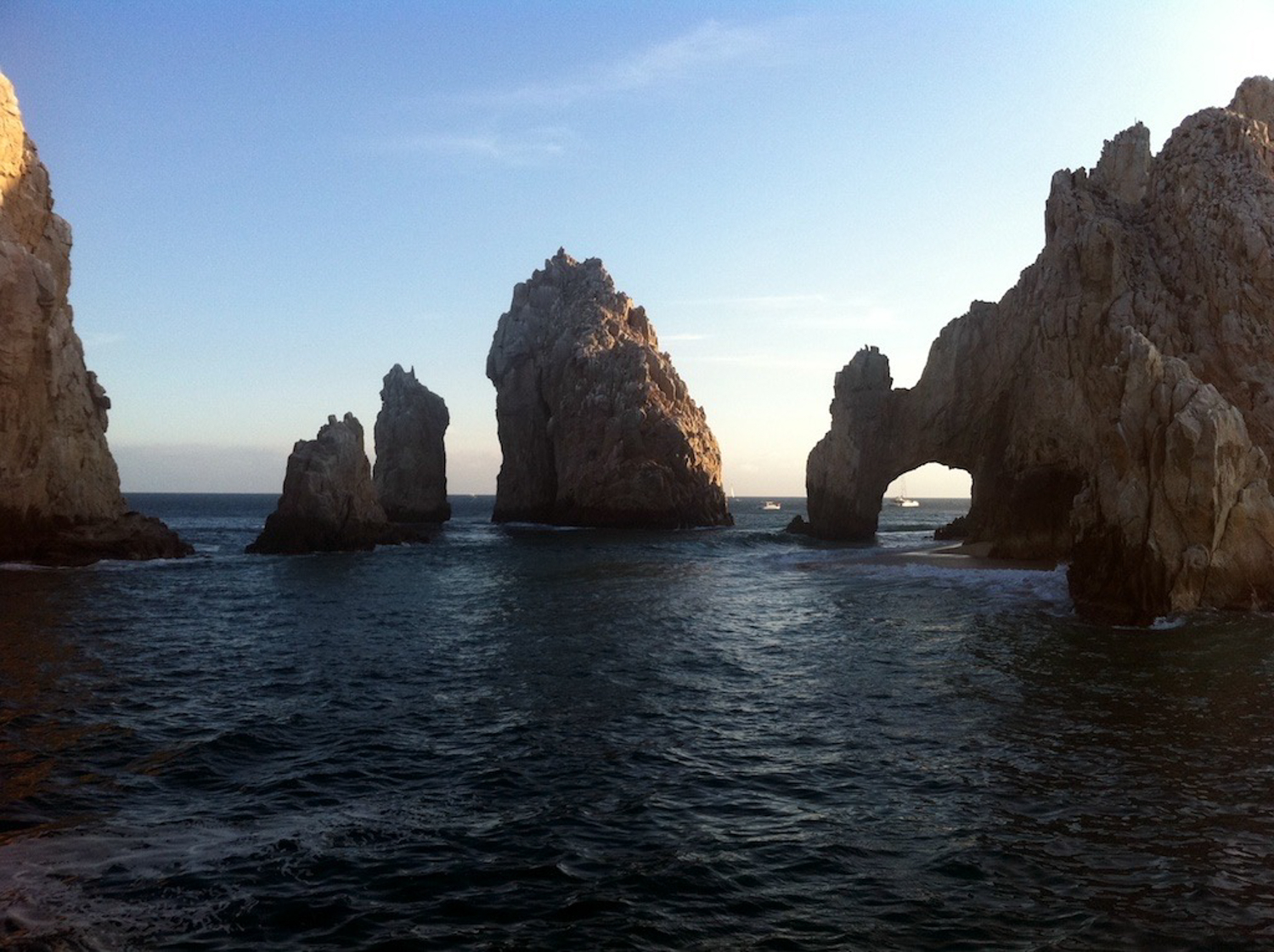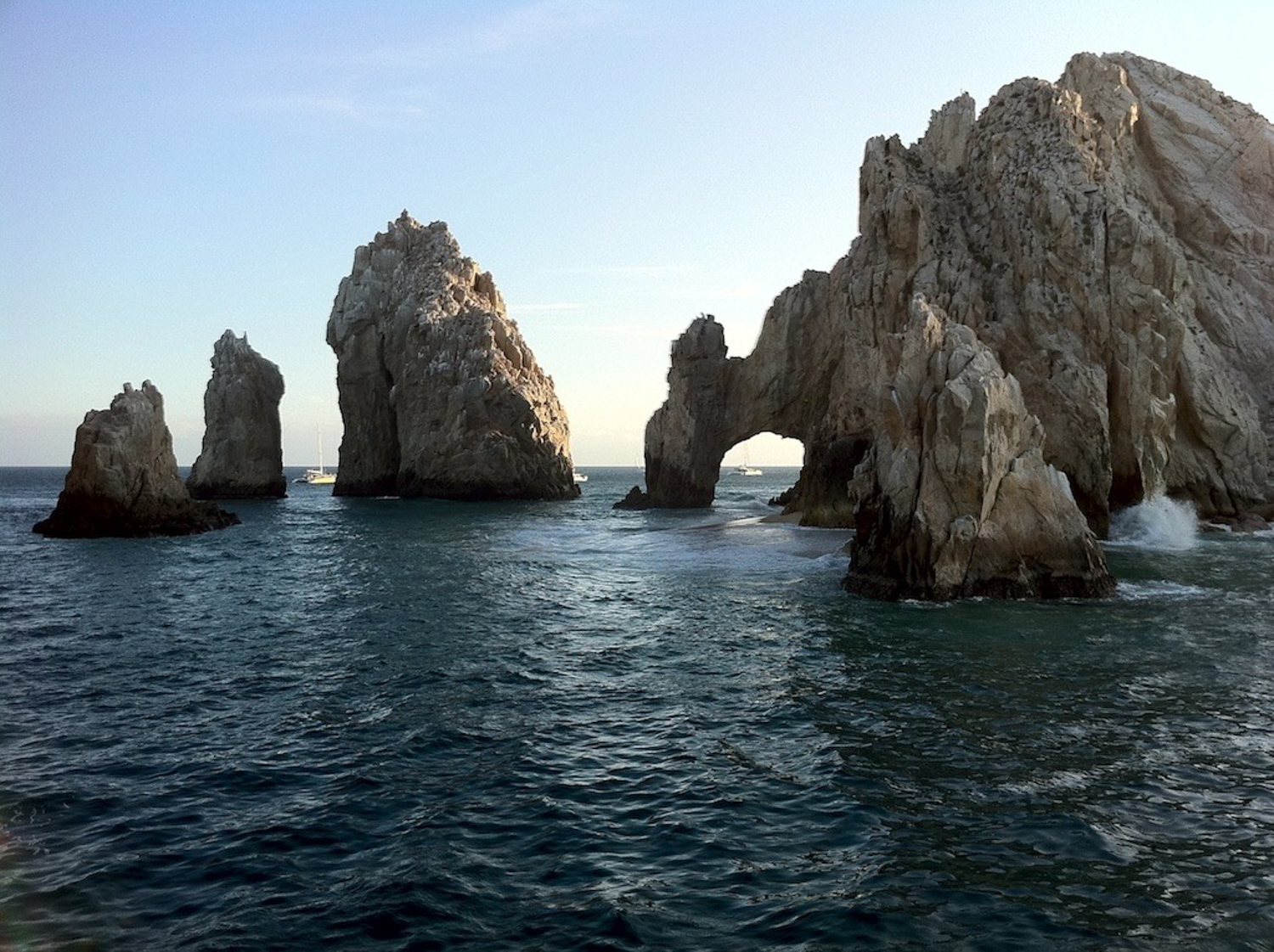We pack tonight to head to Kwajalein for diving -- I’ll be there 5 days, Wayne 7. I’ll have no connectivity while we are gone, but rest assured that I will write a daily log, and have everything updated for publishing when we get home!
Here’s a little info now: Kwajalein is west of the international date line, making it one day ahead of Hawaii and the continental United States. When it's noon Sunday on Kwajalein, it's 2:00 p.m. Saturday in Honolulu and 7:00 p.m. EST Saturday on the East Coast. The work week on Kwajalein and Roi-Namur is Tuesday through Saturday, to correspond to the work week in the States.
Kwajalein Atoll is part of the Republic of the Marshall Islands (RMI) in the West Central Pacific Ocean. It lies 2,100 miles southwest of Honolulu. Kwajalein is in the same general latitude as the southern area of the Republic of the Philippines and the same general longitude as New Zealand, approximately 3,200 miles to the south. Kwajalein Atoll lies less than 700 miles north of the equator.
Kwajalein Atoll is a crescent loop of coral reef, enclosing an area of 1,125 square miles, the world's largest lagoon. Situated on the reef are approximately 100 small islands with a total land area of 5.6 square miles. Kwajalein Island, the largest in the atoll, is 3/4 of a square mile wide and 3.5 miles long (approximately 1.2 square miles in area). From Kwajalein Island north to Roi-Namur is approximately 50 miles; northwest from Kwajalein to Ebadon is approximately 75 miles. Approximately 14,000 Marshallese citizens live within the atoll, with the majority living on Ebeye, three miles north of Kwajalein. Over 1,000 Marshallese are employed by United States Army Kwajalein Atoll / Reagan Test Site (USAKA/RTS) contractors.
Kwajalein is the name for both the atoll ( a group of coral islands enclosing a lagoon) and the island located at the bottom of the atoll.
Nearly everyone agrees that the place name "Kwajalein" is a European derivation of the Marshallese words ri-ruk-jan-leen; the people who gather or harvest the fruits or blossoms. The mythical flower tree itself has sometimes been called Kwajalein. The tree was a never-ending source for gathering blossoms used in making flower wreaths, and perfume. There was always an abundance of flowers, no matter how many and how often they were gathered. In Marshallese tradition Kwajalein is thus a place of abundance and generosity.
Kwajalein Island, the largest in the atoll, is 3/4 of a square mile wide and 3.5 miles long (approximately 1.2 square miles in area).
History of the Republic of the Marshall Islands
The history of the Marshall Islands re-cords the successive influences of various peoples. It is thought that the islands were populated from around 3,000 B.C. to 2,000 B.C. by migrations from the Philippines, Malaysia, New Guinea and adjacent islands. During the past thousand years, an influx of Polynesians occurred.
Until the 16th century, the area had no contact with the Western world and developed its own culture, still evident today. Spanish explorers first "discovered" the Marshalls in 1526, but had little to do with these small coral islands. In the late 1700s, the Marshalls were "rediscovered" by various European voyagers, notably English Captains Gilbert and Marshall (for whom the Marshall Islands were named). It was not until the l9th century, with the arrival of traders, whalers and missionaries that Western influences began to be felt. The development of the copra (coconut) trade, together with awakening interest in the strategic importance of the islands, led to rivalries among the increasingly imperialistic nations of Europe.
By the end of the 19th century, Spain had surrendered her Micronesian claims to Germany. During World War I, the Japanese took control of Micronesia. The is-lands remained under Japanese domination until they were occupied by the U.S. toward the close of World War II.
World War II at Kwajalein Atoll: Operation Flintlock
In one historic week, from January 29 to February 4, 1944, with the most powerful invasion force ever assembled up to that time, American forces seized Kwajalein Atoll from Japan. The invasion of the Marshall Islands, code named Operation Flintlock, served as a model for future operations in the Pacific. The seizure of Kwajalein Atoll was the first capture of prewar Japanese territory and pierced the Japanese defense perimeter, paving the road to Tokyo. It took strategic control of the Marshalls away from the Japanese and eliminated major naval and air bases. It severed Japanese lines of communication and shortened the Pacific campaign.
The task force that accompanied the 4th Marine Division and the 7th Infantry Division to Kwajalein Atoll was the largest in the Pacific, with an assemblage of carriers, battleships, cruisers and destroyers. The major atoll islands of Kwajalein, Roi and Namur were bombarded by ships, carrier-based planes and land-based planes from the Gilbert Islands for days prior to troop landings.
The Battle for the Southern Atoll
The invasion of Kwajalein Island by the 7th Infantry Division was a near-perfect amphibious assault on beaches at the west end of Kwajalein on February 1, 1944. The island was secured at dusk on February 4th, when the 32nd Regimental Combat Team surged across the last 150 yards of the island, overrunning the one remaining bunker (now known as Bunker Hill). American losses were 142 dead, 845 wounded and two missing in action. The estimate of enemy losses was 4,938 dead and 206 taken prisoner.
The Battle for the Northern Atoll
The battle for Roi and Namur islands also began on February 1. The islands were secured in 24 hours and 15 minutes of fierce fighting. The 4th Marine Division set three new records on its first operation. It be-came the first division to go directly into combat from the United States; it was first to capture Japanese-mandated territory in the Pacific; and it secured its objective in a shorter time than that of any other important operation since the attack on Pearl Harbor.
Battle casualties were 190 Marines killed and 547 wounded on the two islands. Japanese losses were 3,472 killed and 264 taken prisoner. Many bunkers and buildings remain as evidence of the Japanese time in Marshallese history.
Following the Japanese surrender in 1945, the is-lands remained under U.S. military administration until 1947, when they became part of the United Nations Trust Territory of the Pacific Islands (TTPI). By agreement with the United Nations, the U.S. assumed responsibility for the TTPI through the Department of the Interior. In 1969, negotiations began for a new political status for Micronesia.
In 1979, constitutional self-government in free association with the U.S. was established for the Marshall Islands.




